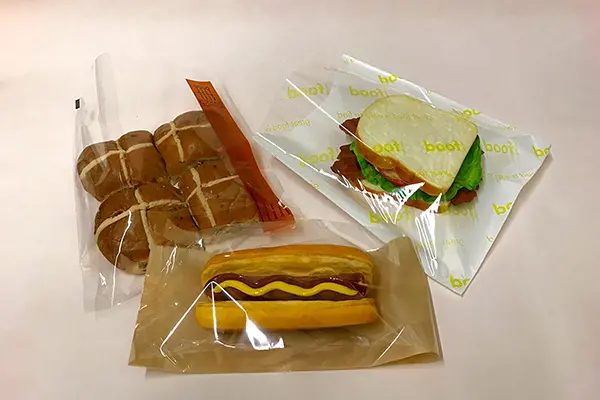Unveiling the Eco-Conscious Champion: Exploring the Materials Behind NatureFlex Film
Imagine a future where your favorite snacks or coffee bags are not only convenient but also kind to the planet. Enter NatureFlex film, an innovative packaging solution that’s rewriting the narrative by offering an eco-friendly alternative to traditional plastic films. But what exactly is NatureFlex film made from? Let’s delve into the fascinating world of this sustainable material and explore its origins.
Unpacking the Mystery: Unveiling the Source of NatureFlex Film
The secret behind NatureFlex film’s eco-conscious nature lies in its renewable, plant-based origin. Unlike traditional petroleum-based plastics, NatureFlex is primarily composed of cellulose, a natural polymer derived from wood pulp. This cellulose comes from responsibly managed plantations, ensuring sustainability and minimizing environmental impact.
The Power of Cellulose: Understanding the Building Block
But what exactly is cellulose, and why is it suitable for creating film? Cellulose is the most abundant organic compound on Earth, forming the primary structural component of plant cell walls. It boasts several key properties that make it ideal for film production:
- Strong and resilient: Cellulose provides excellent strength and tear resistance, crucial for packaging applications.
- Film-forming capabilities: When treated and processed, cellulose can be transformed into a transparent film with desirable flexibility.
- Biodegradable: Unlike petroleum-based plastics, cellulose naturally degrades under specific conditions, contributing to a more sustainable waste management future.
Beyond Cellulose: Exploring Additional Components of NatureFlex Film
While cellulose forms the backbone of NatureFlex film, other eco-friendly components play a role:
- Plant-based plasticizers: These plasticizers, derived from sustainable sources, ensure flexibility and elasticity similar to traditional plastic films, but without the environmental concerns.
- Mineral fillers: These fillers, derived from naturally occurring minerals, enhance film properties like opacity and printability.
- Bio-based coatings: In some cases, NatureFlex film might be coated with additional bio-based materials to enhance specific functionalities, such as moisture barrier properties.
The End-to-End Journey: From Forest to Sustainable Packaging
Now, let’s trace the journey of NatureFlex film:
- Responsibly Sourced Wood Pulp: The process begins with responsibly sourced wood pulp from managed plantations.
- Cellulose Extraction: Through natural and chemical processes, cellulose is extracted from the wood pulp.
- Film Formation: The extracted cellulose undergoes treatment and processing to be transformed into a film with desired properties.
- Addition of Eco-Friendly Components: Plasticizers, fillers, and potential coatings are added from sustainable sources.
- Biodegradable End of Life: After use, NatureFlex film will naturally biodegrade under specific conditions, minimizing its environmental footprint.
Embracing Sustainability: Why NatureFlex Film Matters
Choosing NatureFlex film offers several advantages:
- Reduced reliance on fossil fuels: By using renewable resources, NatureFlex film helps reduce our dependence on non-renewable resources like petroleum.
- Biodegradable end-of-life: This film breaks down naturally under the right conditions, minimizing plastic pollution and contributing to a circular economy.
- Comparable functionality: NatureFlex film offers similar performance characteristics to traditional plastic films in terms of strength, flexibility, and printability.
Remember: While NatureFlex film offers a significant step towards sustainable packaging, proper disposal practices are still crucial. Ensure you follow local recycling or composting guidelines for responsible disposal.
FAQ:
Q: Is NatureFlex film suitable for all types of packaging?
A: While NatureFlex film offers a versatile and eco-friendly option for various packaging applications, its suitability depends on the specific product and its storage requirements. Some products require specific barrier properties that might not be achievable with NatureFlex film alone. However, continuous research and development are aiming to expand the range of products compatible with this sustainable packaging solution.
Post time: 02-27-2024


